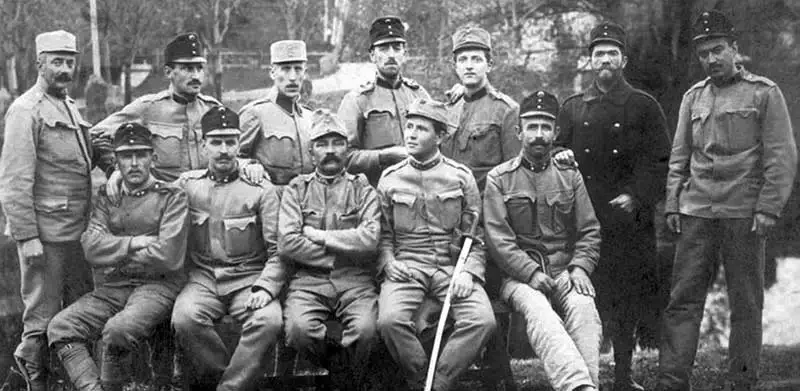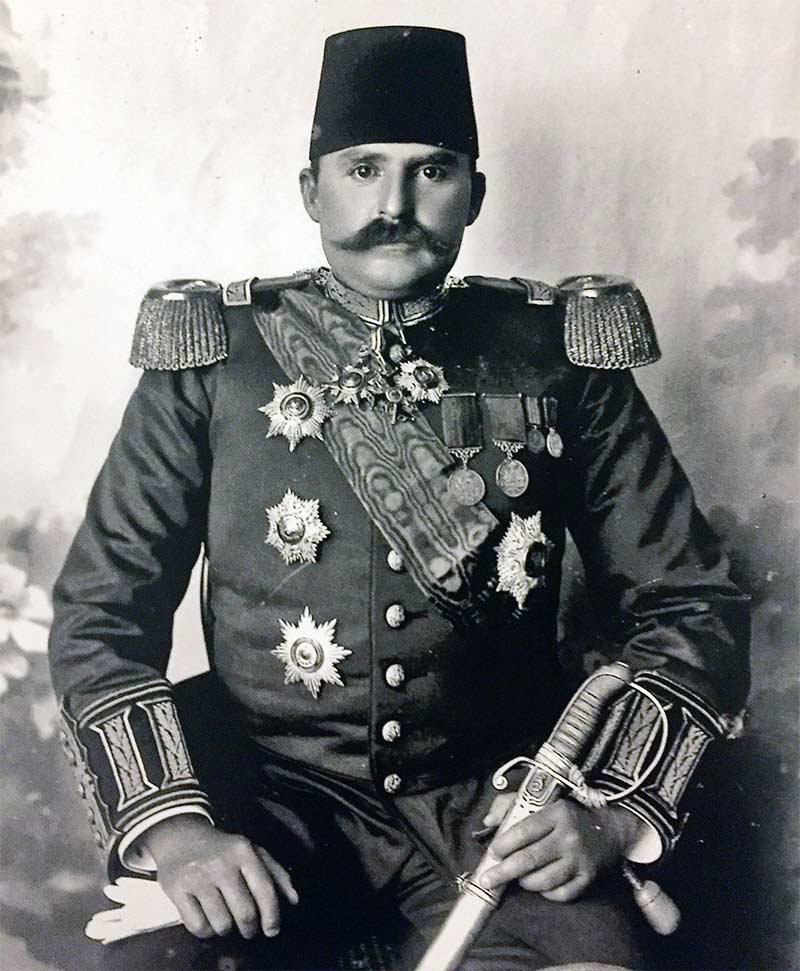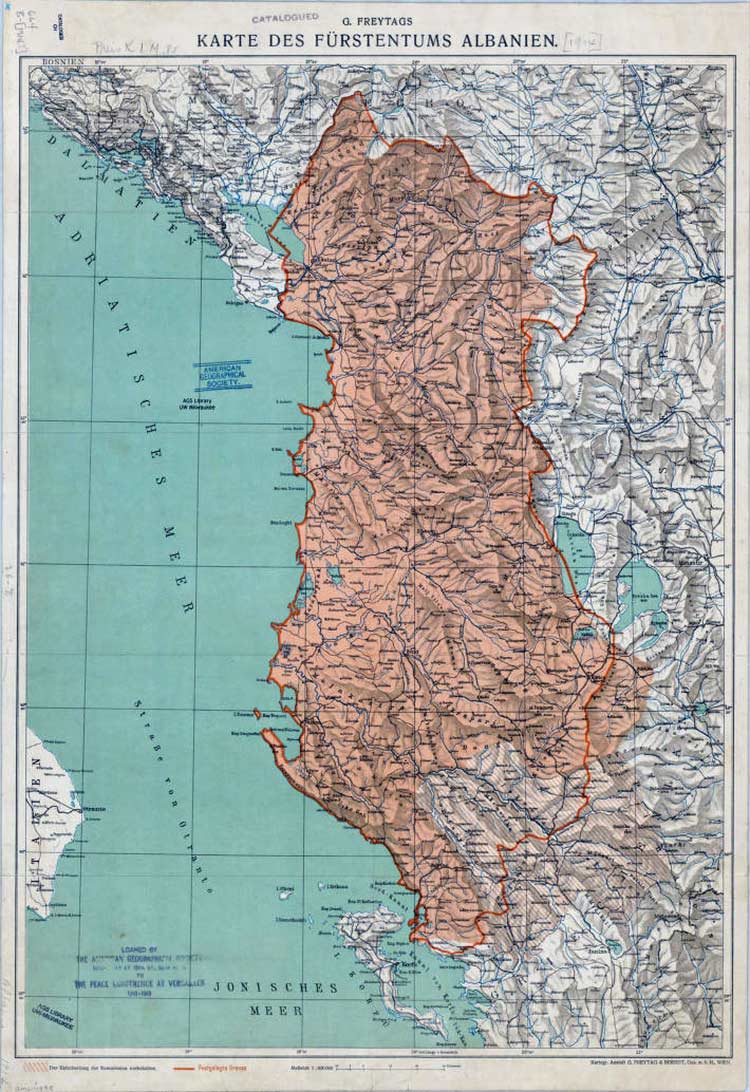- Military History
- Conflicts & Wars
- World War I
- Involved Nations WWI
- Albania during World War I

Albania during World War I
Albanian independence from the Ottoman Empire was finally achieved because of the Balkan Wars, and Albania was recognized as a sovereign and neutral state on 29 July 1913.
Several of the great powers, however, remained concerned about their influence over Albania, and so disrupted was the country that at the beginning of 1914, there were three governments in various parts of the country. An attempt at unification by the appointment of an independent prince, agreed by the great powers, was not a success: Prince William of Weid, who arrived in Albania in March 1914, was an ineffective leader and at loggerheads with his minister of war, Essed Pashë, an adventurer who had governed in central Albania by force.
Prince William was supported by Austria-Hungary, Essad by Italy and Serbia; the rivalry, complicated by bands of marauding Greeks in the south, resulted in a conflict which at first caused Essad's flight to Italy, then a rebellion by his supporters, who besieged Prince William in the port of Durazzo, until he abandoned his briefly adopted country in September 1914.
Essad re-established his rule in central Albania, Serbia occupied the north and Greece the south; but despite his precarious position, Essad was regarded as the legitimate Albanian ruler in the eyes of the Allied nations. In later 1915, however, Austria-Hungary moved into north and central Albania, Essad being chased to Salonika, where he remained until his true status became apparent and he ceased to be regarded as Albania's leader.

Areas of the country remained under control of local chieftains, but support for the Central Powers was evinced by such guerrilla leaders as Bairam Tsuri, who harassed Allied lines of communication. In June 1917, Italy declared Albanian independence under their protection; this caused concern in France, which responded by proclaiming the establishment of a very ephemeral Republic of Koritsa. With the retreat of the Austro-Hungarian forces in late 1918, most of Albania fell under Italian control, upon whom Bairam Tsuri turned his attention.
When Italy declined to spend any more effort in maintaining a military presence in Albania, she recognized the country's complete independence in August 1920; Serbia moved down from the north upon Tirana, hut withdrew after considerable fighting.

Despite the instability of the government, Albania remained independent; an attempt to find another neutral head of state having failed (it was said that the English cricketer C. B. Fry had been offered the position of king!), in 1924 the former prime minister Ahmed-i-Zog seized power, and proclaimed himself King Zog in 1928.
Albanian Army during World War I
During its brief initial period of independence, the Albanian army wore a light-blue uniform with black facings and braid, and a fur cap, though on active service ordinary national dress was worn. The Italian intervention in Albania included the creation of an Albanian Legion, formed 1916, comprising two regular battalions and some units of irregulars. Uniforms and equipments were of Italian style, plus the Albanian national head-dress of a white fleece cap.
- {{#owner}}
- {{#url}} {{#avatarSrc}}
{{name}} {{/url}} {{^url}} {{#avatar}} {{& avatar}} {{/avatar}} {{name}} {{/url}} - {{/owner}} {{#created}}
- {{created}} {{/created}}























